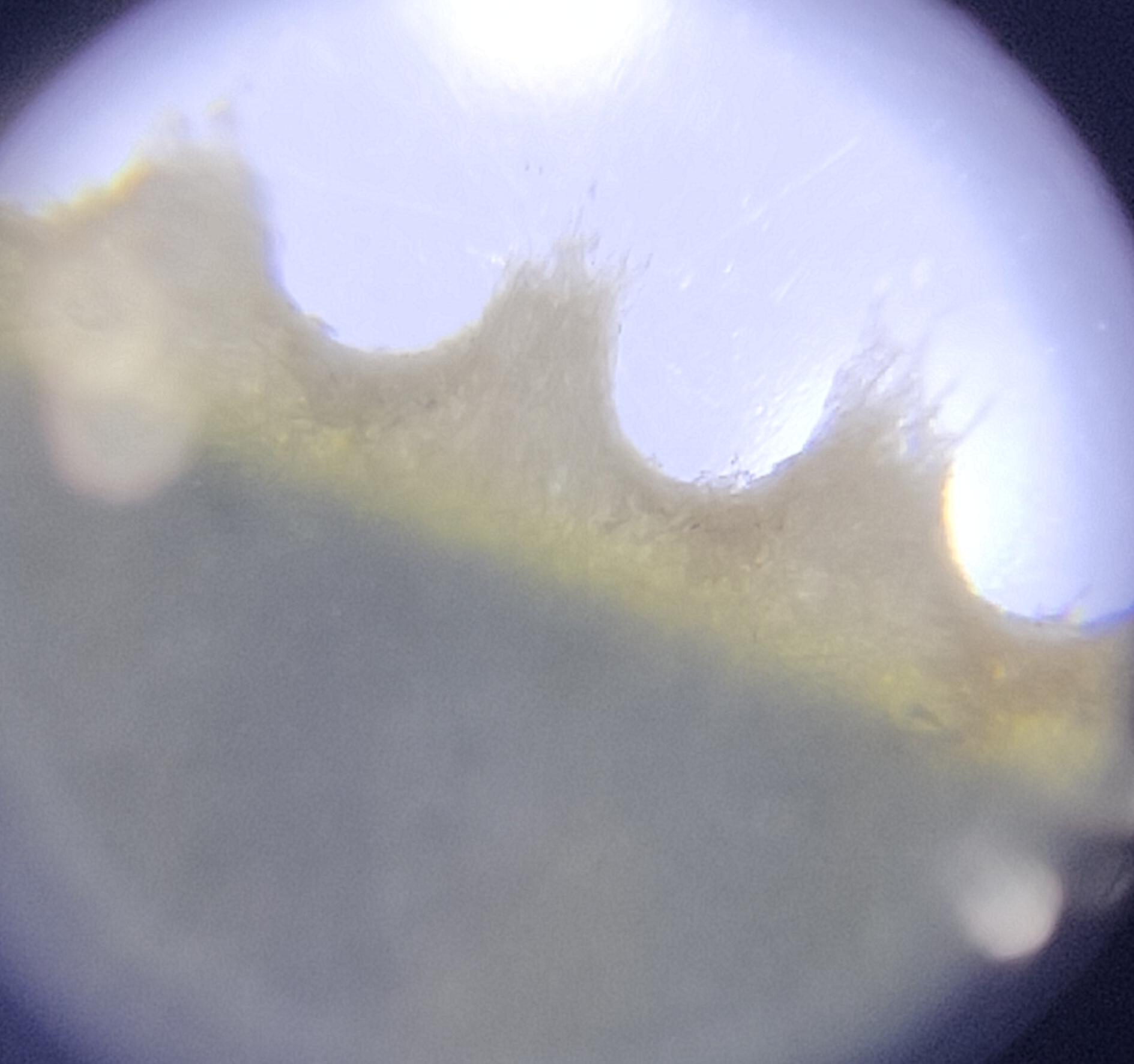BMA overprint on Straits Settlements stamps: Die I and Die II
It has been quite a while since my last entry. Now that I have a new scanner, let's resume!
A little deeper than the very surface of stamp collecting, are knowing the different printing dies used (if any) during printing. A die can be of rubber, but in the case of postage stamps they are usually metal or softened steel with the image of what is going to appear on the stamp engraved onto it.
In the stamps of 1937-1941 (ISC 260 to ISC 280, Straits Settlements), as well as the subsequent B.M.A (British Military Administration) overprint of 1945 (ISC 1 to 18, BMA, Straits Settlements) one very noticeable feature is the bicolored denominations:
 |
| 1937-1941 Straits Settlements KGVI Definitives, |
25c - Dull purple & scarlet
30c - Dull purple & yellow-orange
40c - Scarlet & dull purple
$1 - Black & red on blue paper
$2 - Green & scarlet
$5 - Green & red on emerald paper
 |
| 1945 Straits Settlements KGVI Definitives, overprinted B.M.A MALAYA |
25c - Dull purple& scarlet
$1 - Black & red
$2 Green & scarelt
$5 Purple & orange
$5 Green & red on emerald paper (not in scan)
Bicolored stamps were printed using two plates, a key plate and a duty plate, which is described as Die I. While the rest of the stamps in the series were printed using a single plate, Die II.
To make it comprehensible,
 |
| In Die I, the ruler's portrait or the vignette is first printed (key plate) before the background (duty plate) is printed. This key plate-duty plate sequence is better visualized by Lin Yang Chen's close-up showing that the duty plate overlays the key plate instead of the other way around |
 |
| Die II, on the other hand is comprised of a single working plate as shown. |
Pertaining to our main focus in today's post, distinguishing between Die I and Die II mainly lies on a general characteristic (and the quickest way without straining the eyes): In Die I, foliage of the palm trees touches the vignette's outer line, while in Die II, it does not. This was well illustrated in ISC, and also mentioned in Stanley Gibbons' KGVI Stamp Catalogue.
 |
| Illustration/scan provided in ISC |
While I do refer to the proximity of the foliage to the vignette, this alone has been proven to be at times, inaccurate and unreliable. Before we dive into why relying on the palm foliage touching the oval is not sufficient to prove which die is which, we'll look into the three features:
 |
| Three distinguishable features of the Die I print |
Here is a magnified scan of all the three features with Die I and Die II side-by-side comparison.
Coming back to why proximity alone is insufficient to prove either dies, I have noticed that the palm fronds does not touch the vignette at certain points even though it is supposed to in Die I.
 |
| Here is another example of the foliage not touching the oval in a Die I. However, with reasons similar as before, we know this is a Die I. |
 |
| Die I, however foliage does not touch the oval |
In conclusion, I personally stress on evaluating other parameters or features of distinguishing between the prints instead of solely relying on the most popular characteristic - foliage touching or not touching.
Thanks for dropping by!
Note on stamps:
1937-1941 Straits Settlements KGVI Definitives ISC 260-274 (Die I) and ISC 275-280 (Die II)
Wmk. Multi. Script CA
P. 14
Wmk. Multi. Script CA
P. 14
1945 Straits Settlements KGVI Definitives, overprinted with B.M.A MALAYA ISC 1-18 (Die I and II)
Wmk. Multi. Script CA
P.14








Comments
Post a Comment